Villeroy & Boch Pottery Marks
From a small pottery workshop in France in the mid-18th Century to several locations in Germany and Luxembourg, Villeroy & Boch is an ongoing success story.
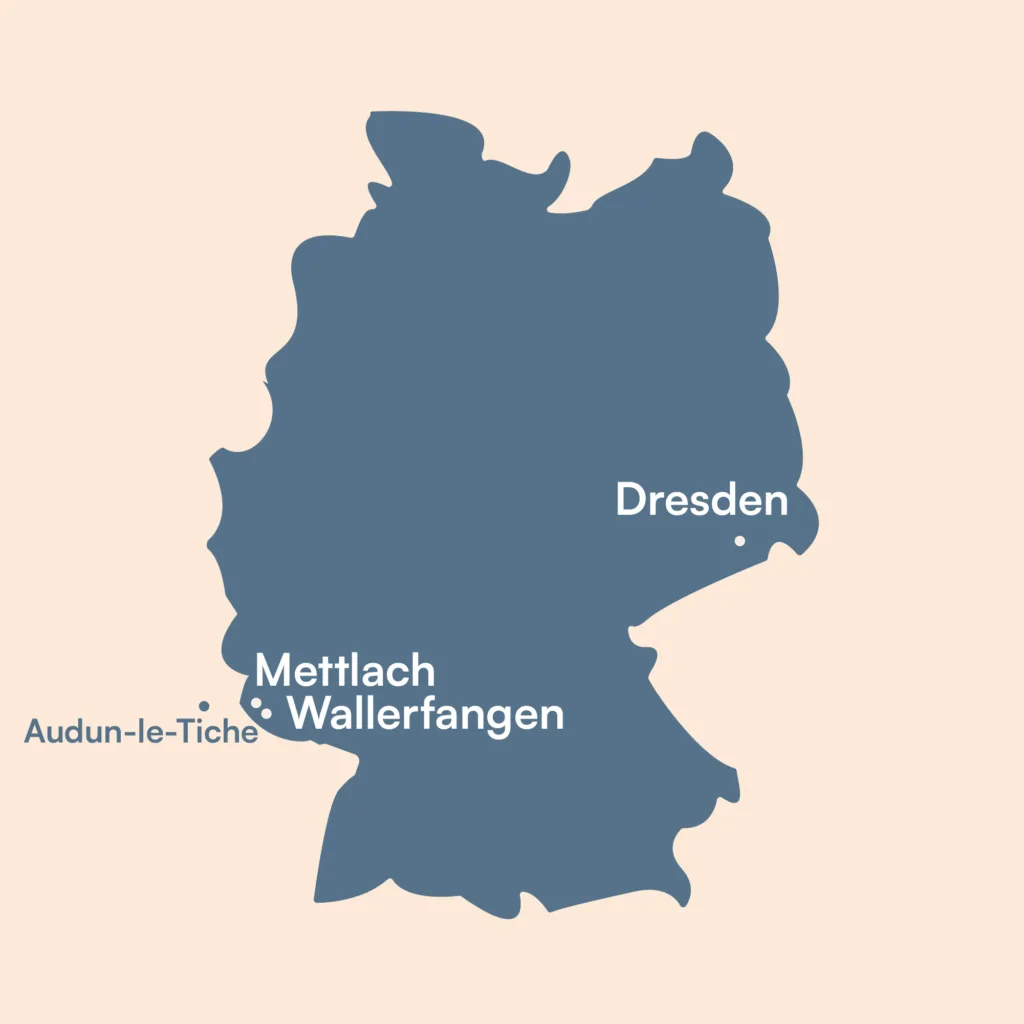
Villeroy & Boch Pottery Marks








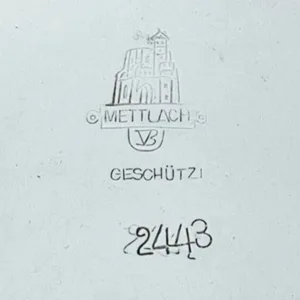
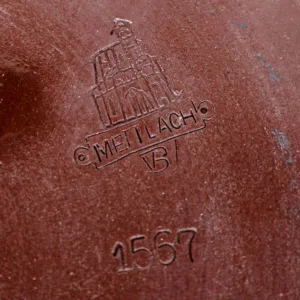

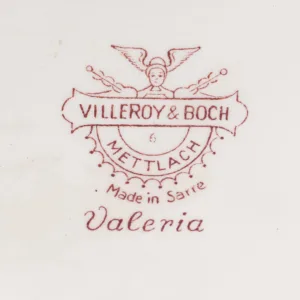


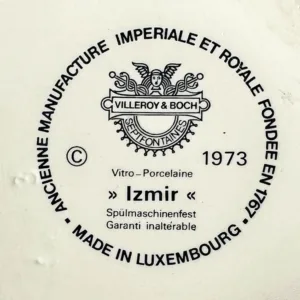

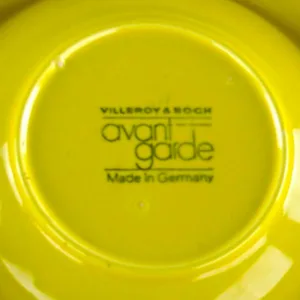




From a small pottery workshop in France in the mid-18th Century to several locations in Germany and Luxembourg, Villeroy & Boch is an ongoing success story.





















